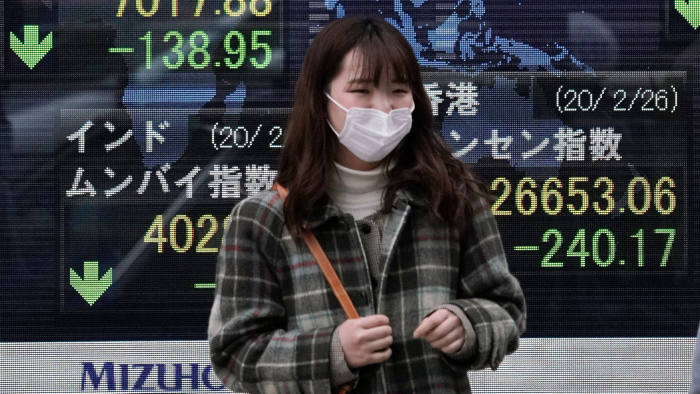Markets continue to focus on the coronavirus, where there remains great concern that new cases continue to rise outside China.

The number of new cases has increased from 449 yesterday to 729 this morning. The total number of new infections outside China now stands at 3,667. South Korea has been particularly hard hit, with 1,595 cases so far recorded in South Korea. Also in Italy, the number of cases continues to rise. In mainland China, the number of new infections has increased from 406 yesterday to 433, although there is still a decreasing trend. As a result, there are now more cases outside of China than in China.
After we saw some signs of stabilization last night, the situation worsened this morning. Futures on Nikkei stock fell by more than 2%, both European and American, traded in deep red. This morning the 10-year yields on US Treasuries fell below 1.30%.
The Fed is currently aggressively easing the markets. The 25bp reduction at the April meeting is now fully appreciated, and on the annual horizon, it is down three times. In addition, markets expect the ECB to cut rates by 10 bp. However, the South Korean central bank did not cut rates this morning, which was expected by most analysts. On the other hand, the mechanism of crediting the companies, which suffered from coronavirus infections, was introduced.
Fiscal policy easing has now started in some countries outside mainland China. In Hong Kong, all permanent residents are given monetary aid in the amount of HK$10,000. Similar measures have been announced in Singapore. In Germany, the Minister of Finance proposed the suspension of debt breaking rules. This is not directly related to the Coronavirus but is intended to help municipalities in debt. However, it still gives little hope that Germany will also ease fiscal policy if the impact of the virus becomes visible in the German economy.

